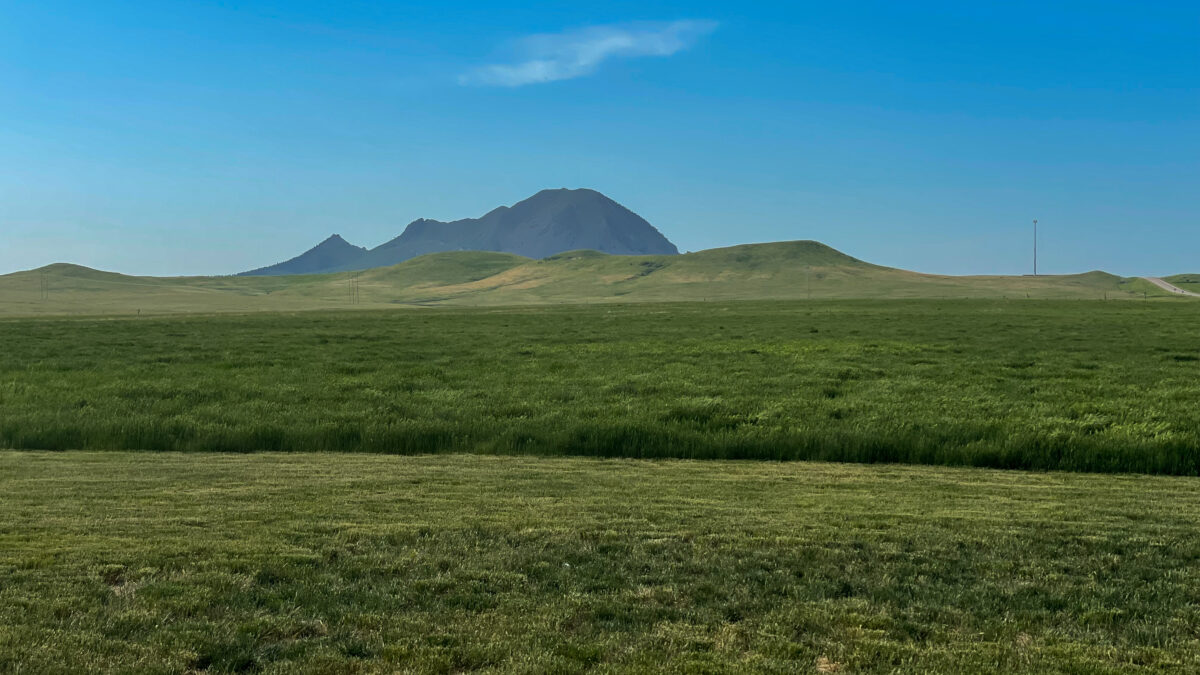Beware of Silent Rail Dangers Lurking on Farmland
TOPICS
Rail Safety WeekGuest Author
Special Contributor to FB.org

photo credit: Alabama Farmers Federation, Used with Permission
Guest Author
Special Contributor to FB.org
By Chantez Bailey @olinational
Farmers constantly face challenges and risks, especially during harvest season. While they may not be the first to come to mind, railroad crossings present a real danger for farmers. Operation Lifesaver, Inc. is a national rail safety education organization that works to reduce collisions, fatalities and injuries at highway-rail crossings on or near railroad tracks. If you live or farm near rail lines you could be at risk for a crossing collision, trespassing incident or a “near hit” involving a train. In fact, approximately 15% of all collisions occur at private railroad crossings, like those found on farmland, each year. Because they happen all too often, the American Farm Bureau Federation and Operation Lifesaver have joined forces to help address the problem and save lives.
No matter what type of farm machinery you’re operating, it’s crucial to stay alert around railroad crossings. Many private farm rail crossings don’t even have warning lights, bells, gates or signs. It’s an unseen and lurking danger. Take extra caution and remember these useful tips to stay safe when you’re in the field.
No matter what type of farm machinery you’re operating, it’s crucial to stay alert around railroad crossings.
Looks may be deceiving – you can’t always measure the accurate distance between you and/or your machinery and an approaching train. Trains move faster and may be closer than they appear. It’s safer to assume or expect an oncoming train every time you approach a railroad crossing and act appropriately. Trains can run on any track, at any time, in either direction.
No matter how long you’ve been on your farm, or how often you’ve seen a train on the tracks in your community, please always take the following safety precautions while operating farm equipment near all railroad crossings:
- Slow down as you approach a railroad crossing.
- Stop no closer than 15 feet from the crossing.
- Look and listen for a train! Open cab windows, turn off radio and fan, remove headphones. Rock back and forth in your seat to see around obstacles.
- Do a double take (look both ways again) before crossing.
- GO. Once you start across do not hesitate. Do not change gears.
Railroad safety must be on our radar year-round, both on and off the fields. You can help spread the word about the importance of rail farm safety by visiting www.oli.org.
Chantez Bailey is director of communications and marketing for Operation Lifesaver, a non-profit safety group that educates the public through awareness campaigns and volunteers who provide free safety talks to community groups, school bus drivers, truck drivers and student drivers to raise awareness of the dangers around railroad tracks and trains. Operation Lifesaver works in partnership with the federal and state government, law enforcement agencies, freight and passenger railroads, and many other organizations.
Top Issues
VIEW ALL